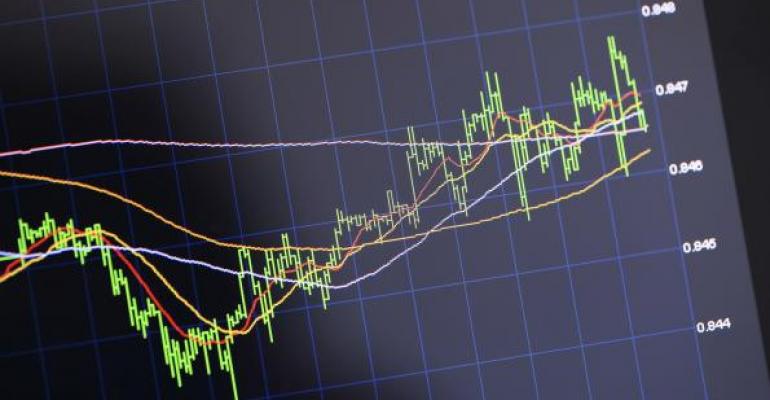Last week, we celebrated a little anniversary ‘round here. Quietly. VERY quietly.
A year ago, the VanEck Vectors Oil Refiners ETF (NYSE Arca: CRAK) was launched to some fanfare as the only energy ETF focused exclusively on downstream petroleum. CRAK, named for the “crack spread” which measures the price differential between input crude oil and refined products, is energy’s equivalent of VanEck’s Vectors Gold Producers ETF (NYSE Arca: GDX).
CRAK tracks an index of 25 global stocks issued by firms deriving at least half of their revenue from refining. U.S.-based firms account for 35 percent of the index capitalization.
So why was our celebration so quiet? Not a whole lot of people showed up. Kinda like the marketplace for CRAK. In a year’s time, it’s only amassed $3.9 million in assets and trades, an average of about 1,000 shares a day (worth, at present value, about $19,000).
That’s too bad, really. CRAK fills a unique niche. (Is that some sort of twisted pun?) Oil refiners aren’t well correlated to other energy segments such as exploration and production or oil services, nor are they as volatile. You can see for yourself in the table below:
Correlations and Returns (Aug 2015 – Aug 2016)
|
|
CRAK |
XOP |
OIH |
Annualized Return (%) |
Annualized Volatility (%) |
Sharpe Ratio |
|
VanEck Vectors CRAK |
- |
0.54 |
0.54 |
-3.76 |
19.12 |
-0.20 |
|
SSgA SPDR XOP |
0.58 |
- |
0.87 |
-0.06 |
45.46 |
0.00 |
|
VanEck Vectors OIH |
0.54 |
0.87 |
- |
-2.44 |
32.47 |
-0.08 |
Still, focusing solely on returns is short-sighted. Volatility is important, too. But neither metric should be viewed in isolation. The utility of an energy allocation is, after all, determined by the portfolio into which it’s folded.
CRAK, in fact, has been a better addition to a balanced portfolio than the SPDR S&P Oil & Gas Exploration & Production ETF (NYSE: XOP) or the VanEck Vectors Oil Services ETF (NYSE: OIH). See what a 5 percent carve-out from the equity side of a balanced portfolio (60 percent stocks/40 percent bonds) would done over the past 12 months:
Portfolio Effect of an Energy Allocation (Aug 2015 – Aug 2016)
|
55% VTI/40% BND plus: |
Annualized Return (%) |
Annualized Volatility (%) |
Maximum Drawdown (%) |
Sharpe Ratio |
|
5% CRAK |
9.58 |
8.23 |
-4.33 |
1.12 |
|
5% XOP |
9.09 |
9.08 |
-5.32 |
0.98 |
|
5% OIH |
9.07 |
8.64 |
-4.90 |
1.02 |
CRAK doesn’t look so bad now, does it? The refiners fund’s lower volatility paid off in a shallower portfolio drawdown (between December 2015 and January 2016) as well as a speedier bounceback to breakeven (March 2016 versus April 2016) compared to the other ETFs.
So maybe folks ought to give CRAK a closer look. If they do, perhaps next year’s anniversary party will be better attended.
Brad Zigler is WealthManagement's Alternative Investments Editor. Previously, he was the head of Marketing, Research and Education for the Pacific Exchange's (now NYSE Arca) option market and the iShares complex of exchange traded funds.





